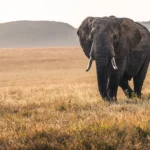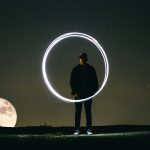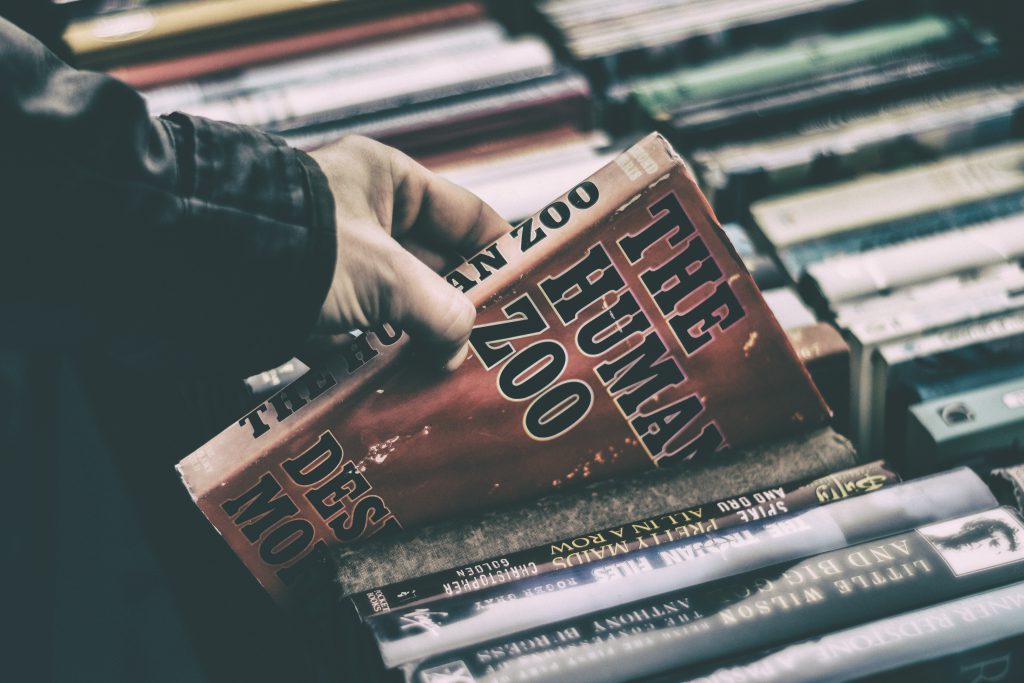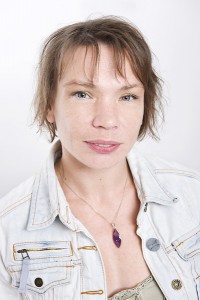Dream analysis, how do you do that? What does my dream mean? Is a question many people ask themself if they wake up in amazement. This article will give you 5 possible ways that are used to unravel the message. I will mention some good books that you can use to apply the method to see if it resonates with you.
Dream analysis way #1: Shamanism
Shamanism is the oldest religion in the world. Living in small groups, Homo sapiens had one or two wise men or women whose function was to be a bridge between earth and sky. They were selected in prescribed ways: chosen by the other shamans, called for in a dream. It was an innate quality.
Shamanism has gotten a new vibe: people want to go back to human nature and get callings in dreams. The trend is now to be your own shaman.
A shaman uses dreams to get in tune with the rhythm of the earth. A way of finding the Schuman resonance. The extended knowledge of ways to induce psychedelic experiences using herbs and vegetables is described by Paul Devereux in his book the long trip.

A good introduction to shamanism is the book of Tom Dale Cowan. Inn this intelligent, clear written book he explains about the basic principles of shamanism. Traveling to the different realms of reality, tuning into natures vibes, exploring your inner imagination to enter the different realms.

Dream analysis way #2: Gestalt
Gestalt focusses on the images of a dream. It does not want to analyse an image to pieces, it wants to look at the whole image, the Gestalt. Frits Perls became one of the prominent spokesmen for Gestalt and his “Verbatim” a collection of his workshops. Perls was not very easy on his workshop participants, he made sure that they came out of their usual way of acting. In his dream analysis he was always looking for the “top dog” and the “underdog”, a way that many people still use when they interpret the content of their dreams.. If you have not read it, you might want to add it to your list of dream classics.

Dream analysis way #3: Jung
Carl Jung broke all the rules of science when he treated day dreams and fantasies as realities. He drew on ancient mythologies, shamanism, and science, pouring them into a tasteful appalling sauce. The book that will tell you most about how to apply his method of working is his book Man and his symbols:

If you really want to understand the ideas of Carl Jung and enjoy all the notes in the Red Book you might want to buy the readers edition:

The readers edition will be so much easier for you to read and handle because it is so much smaller. Reading the Red book has led me to so many good relevant literature that has opened my eyes to a new perception of mythological stories and if Jung his life.
Dream analysis way #4: Dream Tending
Steven Aizenstat focusses on four ways of dream analysis. The psyche is multidimensional. Just like a shaman, Steven distinguishes three realms of consciousness: personal unconscious, the collective unconscious and the world unconscious.
The heartbeat of dream tending is that dreams are alive. A dream is not static, written down in words and brought to an therapists’ office. A dream is alive. Dream characters are more than symbols, they have a mind of their own (something we all have experienced).
Another shamanic oriented notion in dream tending is that everything dreams. Not only creatures with spines like science says, but rocks, trees, plants, insects too. It is the same presumption as Anne Baring takes when she asks the thought-provoking question: What is the dream of the cosmos? In an animated world, everything is dreaming says Aizenstat.
The last presumption of dream tending is that dreams happen now. You could be dreaming, or being dreamed as you read this.

Last year I heard Steven speak for an enthusiastic crowd at a dream conference of the Iasd. I think dream tending is a pleasant mixture of old insights in a new coating, with a foreman that has an appealing charisma.
Dream analysis way #5: Content Analysis
Content analysis has been around since the late ’50s early ’60s. Especially the ground work of Hall and van de Castle is still the leading way in current dream research. Whenever someone wants to graduate using dream work, using this method is the way to gain respect in the community of dreamers. Dream texts can be qualified and analysed using the categories distinguished by Hall and van de Castle.
Untill Milton Kramer’s work Dream research, contributions in clinical practice” gets published at the end of May 2015, you can get more information from the master himself: Robert van de Castle wrote Our dreaming mind. A classic, filled with research about dreams. Here is a link telling more about content analysis.
DO YOU LIKE THIS STORY? Share it with your friends!
Ways of legally stalking:
@susannevandoorn on twitter Join me!
Mindfunda Facebook: become part of my Facebook clan
Subscribe to my newsletter and read all about Mutual dreaming in my e-book
THIS CONTENT IS CREATED BY SUSANNE VAN DOORN, AUTHOR AND OWNER OF MINDFUNDA; MAKING THE FUNDAMENTALS OF PSYCHOLOGY, MYTHOLOGY AND SPIRITUALITY EASY TO USE IN YOUR PERSONAL LIFE!
What is Mindfunda about?
My name is Susanne van Doorn, I am a Dutch psychologist, blogger and author. I have been working with psychology, dreams and mythology ever since I finished my study in psychology at Tilburg University. I made this independant site to share insights, and recent scientific articles about the brain, dreams, and mythology for use in your personal life.
This posting is categorised as Dreamfunda:
Everything you need to know about dreams. Practical How to’s, the latest scientific research, the most commonly used ways to attach meaning to dreams. This and more is given to you for your everyday use in this part of Mindfunda
Read more about Mindfunda here, or visit our Courses Page.
Ready for more free Mindfunda content on ‘#DREAMS‘?

Elephant in dreams: 3 archetypical implications

Spiritual Soul Searching: Mindfunda Course

Dreaming with the New Moon
Comments or suggestions? Share your thoughts:




